Painful bladder syndrome (interstitial cystitis)
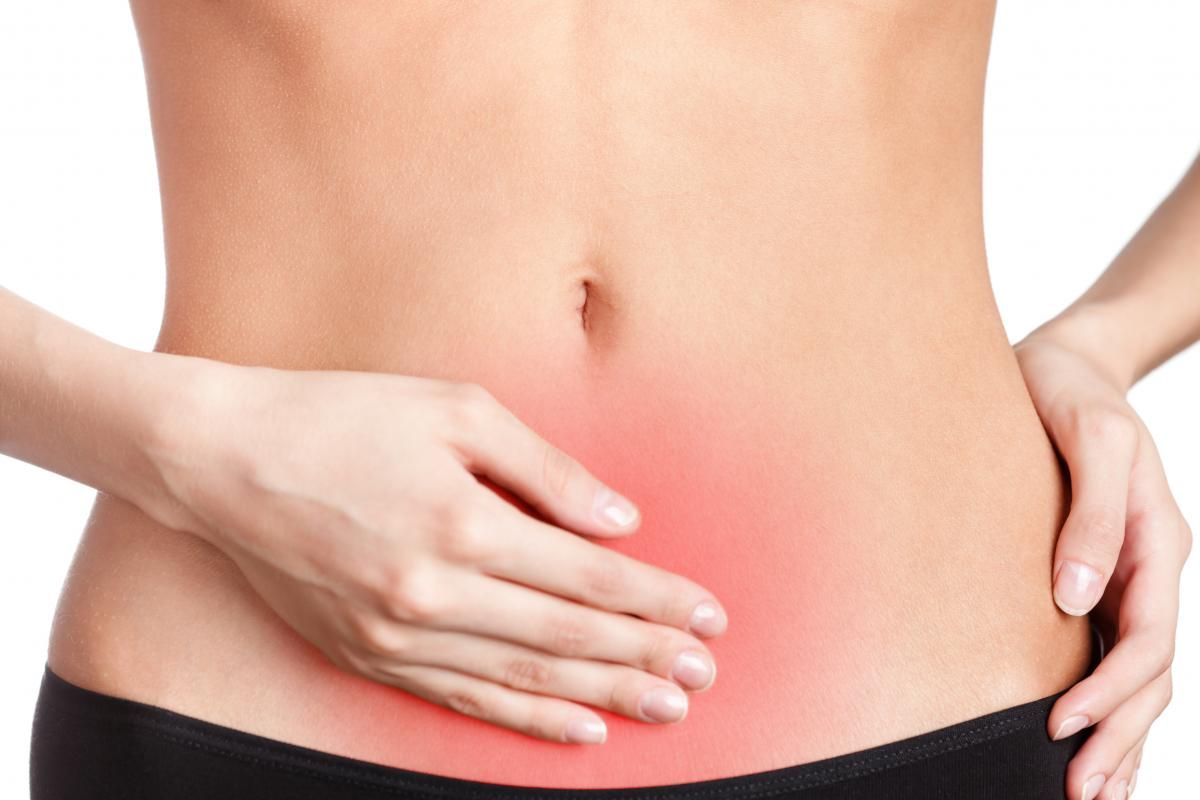 Painful bladder syndrome, or interstitial cystitis, is a chronic disease in which patients experience pain in the bladder, pelvic region, frequent, strong urge to urinate (urgency), night urination. Interstitial cystitis (IC) occurs more often in women and leads to a significant decrease in quality of life.
Painful bladder syndrome, or interstitial cystitis, is a chronic disease in which patients experience pain in the bladder, pelvic region, frequent, strong urge to urinate (urgency), night urination. Interstitial cystitis (IC) occurs more often in women and leads to a significant decrease in quality of life.
Symptoms of interstitial cystitis
The symptoms and manifestations of interstitial cystitis vary greatly from patient to patient. The symptoms may also change over the course of the disease, increasing, for example, during menstruation, when sitting, during stress or sexual contact.
Symptoms include:
-
pain in the pelvic area or between the vagina and anus in women and between the scrotum and anus in men (perineum area);
-
chronic pelvic pain;
-
constant, unbearable urge to urinate;
-
frequent urination, often in small portions. Patients with severe symptoms may urinate up to 100 times a day;
-
night urination;
-
pain and discomfort during bladder filling. Emptying the bladder usually brings relief;
-
pain during sexual intercourse.
Diagnosis of interstitial cystitis
-
Urination history and diary. The doctor will ask you in detail about your symptoms, ask you to fill out a urination diary. This is a detailed record of each urination, the amount of liquid consumed, as well as a description of the symptoms accompanying urination for at least 2-3 days.
-
Examination in a gynecological chair. During the examination, the doctor examines the area of the external genitals, the vagina, the cervix, the external opening of the urethra, and the bladder and uterus are examined through the abdomen. The rectum and anus are also examined.
-
Urinalysis. Bacteriological culture of urine with an antibioticogram is also being investigated in order to exclude urinary infection.
-
Sensitivity test with Potassium solution. The essence of the test is to inject ordinary water and a potassium solution into the bladder one after the other. The patient is asked to rate the degree of pain and urge to urinate on a 5-point scale. If pain occurs during the administration of a potassium solution, this is a sign of interstitial cystitis. In healthy people, both solutions do not cause reactions.
-
Cystoscopy is an optical examination of the bladder using a special instrument, a cystoscope, which is inserted into the bladder through the urethra (urethra) under local or general anesthesia. When a cystoscope is inserted through the urethra, it can also be examined — urethroscopy. These instrumental studies are among the most important in urology and are used to diagnose diseases of the urethra, bladder and kidneys. With the help of urethroscopy, chronic inflammatory processes of the urethra can be detected.
-
Bladder biopsy. It is performed during a cystoscopy with anesthesia. The doctor takes a piece of bladder or urethra tissue for histological examination under a microscope. This eliminates bladder cancer and other causes of bladder pain.
Treatment of interstitial cystitis
To date, there is no single accepted treatment regimen for interstitial cystitis that is suitable for each patient. Most often, the treatment is complex. And it may take time before an individual therapy with a good effect is selected.
Physical Therapy
It can help reduce pain if it is caused by a spasm of the pelvic floor muscles. It is performed on a device called Urostim, a biological feedback therapy with electrical stimulation of the pelvic floor muscles.
Drug therapy
-
Nonsteroidal anti-inflammatory drugs such as ibuprofen help reduce pain.
-
Tricyclic antidepressants such as amitriptyline and imipramine help to relax the bladder and relieve pain.
-
Antihistamines such as Claritin help to reduce the symptoms of frequent urination and relieve strong urge.
-
Pentosan polysulfate (Elmiron) is an FDA–approved drug for the treatment of interstitial cystitis. The mechanism of action of the drug is not fully understood, but it restores the inner surface of the bladder – the urothelium, thus protecting the bladder from toxic corrosive substances contained in the urine. Treatment with this drug usually lasts for 2-4 months before improvement occurs.
Neurostimulation
-
Percutaneous neurostimulation. It is performed using cutaneous electrodes. Electrical impulses increase blood flow in the bladder, strengthen muscles, which allows you to better control your bladder and restrain the urge to urinate. The electrodes are installed either in the lumbar region or above the womb – the time and duration of treatment is selected individually.
-
Sacral neuromodulation. The sacral nerve plexuses connect the nerves of the bladder to the spine. Stimulation of these nerve plexuses helps to reduce the urge to urinate. For this purpose, a special electronic device is installed near the sacral nerve plexus, the electrical impulses of which act on the nerves. If this type of therapy is effective, then this electronic device is surgically implanted in the sacrum area and subsequently works similarly to pacemakers.
Bladder hydrodistension
Some patients note the temporary effect of this procedure, which consists in stretching the bladder when liquid is injected under pressure. The procedure is performed under anesthesia and allows you to increase the capacity of the bladder. Hydrodistension can be repeated many times if there is a positive effect.
Bladder instillation
The essence of instillations is the injection of medicinal solutions directly into the bladder – the so-called topical treatment of the bladder.
Surgical treatment
Surgical treatment of interstitial cystitis is extremely rare. However, it is indicated for those patients in whom therapeutic methods of treatment are not effective, the pain syndrome leads to a sharp decrease in the quality of life.
Surgical methods of treatment include:
-
Electrocoagulation or laser coagulation of bladder ulcers (for ulcerative cystitis)
-
Resection. Minimally invasive surgery, the essence of which is to remove a bladder ulcer.
-
Augmentation plastic surgery of the bladder. Replacement of the bladder with a part of the intestine. However, the result does not always lead to pain relief. Patients often undergo self-catheterization after this operation.
Why the EMC
The first and only clinic in Russia, created in the image of the world's leading clinics
EMC is a multidisciplinary center offering patients a high level of medical services and a personalized approach
Worldwide recognition and awards
 Learn more
Learn more
Worldwide recognition and awards
 Certificates and licenses
Certificates and licenses
Make an appointment for a consultation
Specify your contacts and we will contact you to clarify the details
Reviews
and new products of the EMC

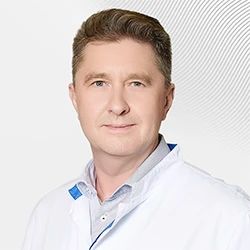
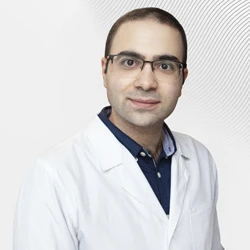
.webp)

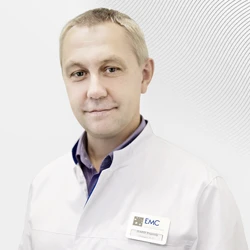
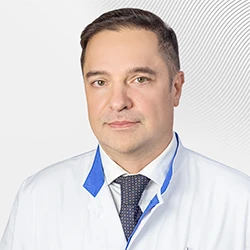
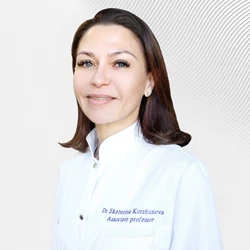

.webp)
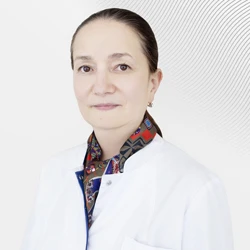
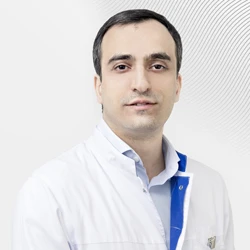
.webp)
